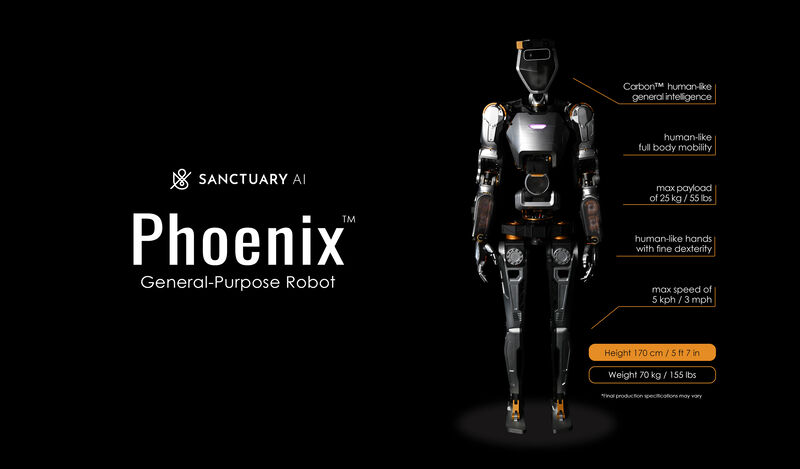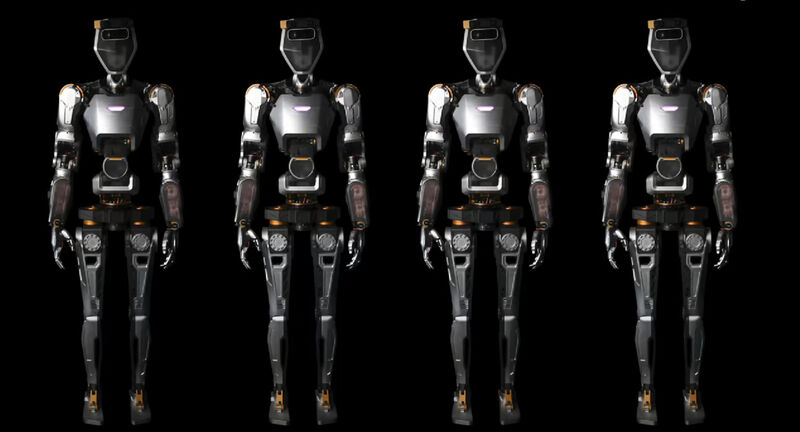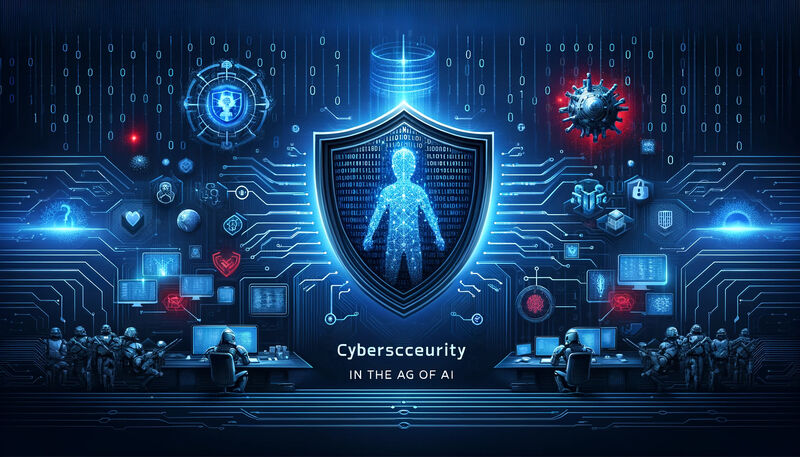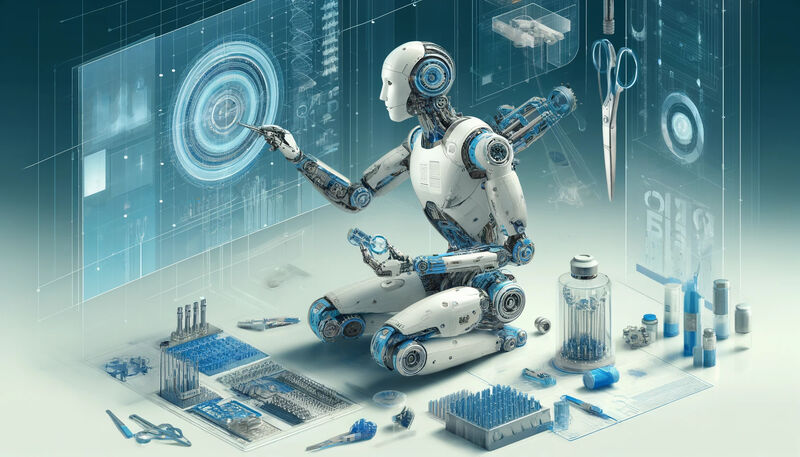Sanctuary AI Unveils Seventh-Generation Phoenix Robot, Focusing on Upper Body Capabilities
Sanctuary AI, a Canadian firm not as frequently mentioned alongside major humanoid robotics companies like Boston Dynamics and Agility, has introduced the seventh generation of its Phoenix robot line. This latest iteration emphasizes advancements in the robot's torso and upper body, a shift from previous versions that integrated leg movements.
Innovation Beyond Mobility
The new Phoenix robot represents a significant leap in humanoid robotics, particularly in its ability to perform human-like tasks with remarkable efficiency. Sanctuary AI's focus has been on refining the robot's upper body movements, enabling it to sort products with a level of dexterity and speed that mimics human actions.
Enhanced Learning Capabilities
Sanctuary AI is pushing the boundaries of robotic learning, boasting that the new Phoenix can automate new tasks within less than 24 hours. This rapid adaptability is crucial for practical applications, such as in manufacturing and logistics, where flexibility and quick learning are invaluable.
 Image Credits: Sanctuary AI
Image Credits: Sanctuary AIThe Importance of Robotic Intelligence
While the physical design and mobility of robots often steal the spotlight, the intelligence of these systems is gaining prominence. Sanctuary AI is at the forefront of developing robots that not only move like humans but also learn and adapt like them, bridging the gap towards true artificial general intelligence.
 Image Credits: Sanctuary AI
Image Credits: Sanctuary AIStrategic Implementation in Industry
With the seventh generation, Sanctuary has refined the Phoenix line further, enhancing its range of motion, reducing its weight, and lowering production costs. These improvements come just a year after the previous model, underscoring the rapid pace of development at Sanctuary AI. The company has also secured a significant agreement to deploy its robots in Magna auto manufacturing facilities, marking a pivotal step in its commercial application.



